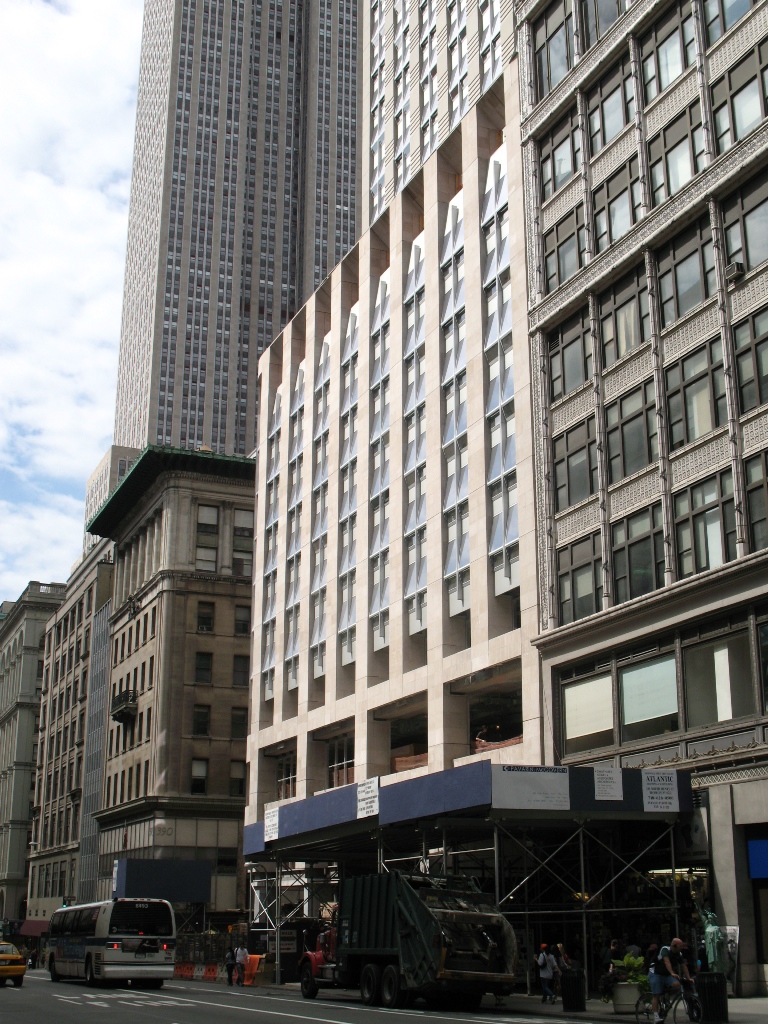Part one of Indian Food Month here at цarьchitect covers the frankie, probably the best post-bacchanalian food, and also the most delicious vegetarian fast food. In college, I was lucky enough to live not far from a little joint called Roti Roll. From the tiny storefront, they served up massive indian dishes wrapped in a slightly-fried whole wheat Indian bread called roti. Unlike naan, roti is unleavened, which makes it much cheaper, but also a little less fluffy. Because it’s flat, it makes an ideal edible food container. Though, unlike tortilla, roti is pretty thick, so you still have a really satisfying squish when you bite into it.
Now, because the college I attended has a remarkably incompetent administration, I had the brief opportunity to go up and grab one the other day. I came in from the cold and got my prize: the Unda Aloo Masala frankie (pictured above). Inside its shell, you’ve got a mass of almost-melted potatoes and peas with a little egg for moisture. It brings soft satisfaction to every part of your gullet. The Aloo Gobi Muttar variant has a moister mix of peas and cauliflower that’s more refined, even if it’s not pure carbolipid ecstasy. The Aloo Masala and Masala Unda are minimalist for the dieting/poor drunkard. And if you insist on carnivorating your Indian food, the Chicken Malai frankie and Chicken Lollipop (not a wrap) are good choices.
If you’re in New York, hop on up the B/D up to 110th street. Especially if it’s cold, and you’re a little sloppy, you’ll be hard pressed to find anything better. There are other Indian places in New York that serve fast Indian food including frankies, primarily serving the taxi-driver set, and 53rd&6th Chicken and Rice is a legend unto itself, but I’m feeling nostalgic today.
I think what I’m saying here is that DC needs to get a frankie joint. This is a multi-kulti extravaganza of a city – it should taste like one. It’s practically destiny. Despite Dave Stroup’s White-Guilt-fueled “it must be racist” silliness about the Fojol Bros.’ getups, If they, or any other food entity set up a frankie cart in DC, I’d make the pilgrimage. Weekly.




